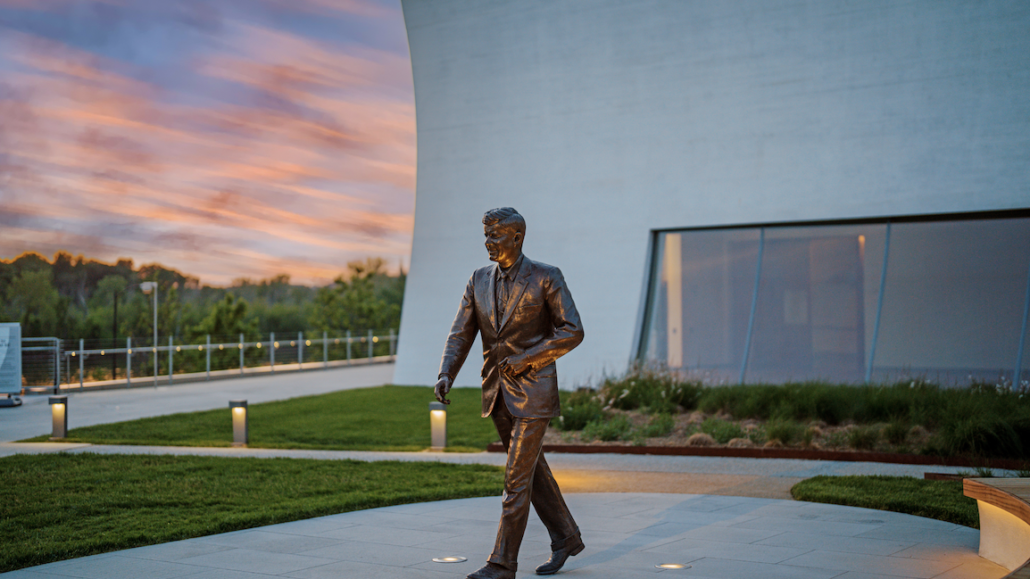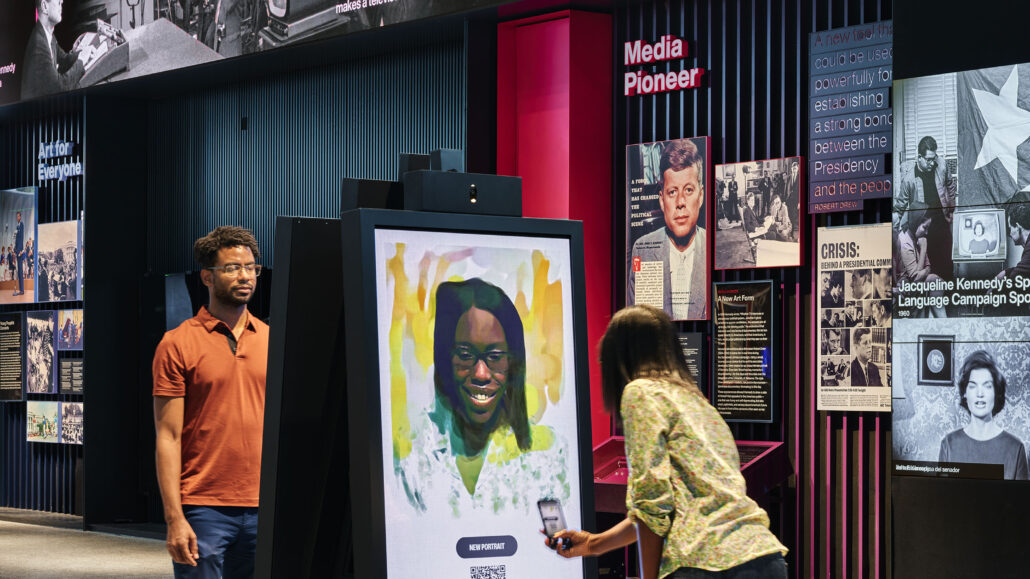By D. Kevin McNeir
In the not so distant past, three portraits held a prominent place in the homes of thousands of African Americans – a fitting tribute to men who had been an integral part of the road traveled by Blacks in their long journey toward achieving equality.
The first was Jesus, the quintessential model of unconditional love and hope. Second, there was Dr. Martin Luther King Jr., the personification of the moral crusade which led to the end of legal segregation. Finally, there was JFK – President John F. Kennedy.
Including Kennedy in this triad of men may seem puzzling, particularly for those born after the turbulent 60s who have either forgotten Kennedy’s significant contributions to civil rights or who may simply be unaware.
However, history shows that even 60 years ago after his untimely death on Nov. 22, 1963, the former president continues to hold an important place in Black history – albeit somewhat complicated.
Black vote essential to Kennedy’s White House victory
Like Dr. King and yes, even similar to Jesus, Kennedy, from the beginning of his presidential campaign, kept his eye on the prize.
The popular vote was the closest since 1888, when Americans actually elected the candidate who received the fewer votes, Benjamin Harrison. The Electoral College margin was the smallest since Woodrow Wilson’s second squeaker in 1916.
Millennials may choose to believe that it was former President Barack Obama, who in the 2012 election, revised the blueprint for political strategy by employing various technologies – from television advertising and texting, to social media and data analytics – to attract specific voters with a targeted message.
But even before the rise of online ads and fundraising emails, Kennedy, in the 1960 election, led one of the first efforts in “microtargeting” by a presidential campaign. The target: Black voters.
In fact, Kennedy maneuvered his way along a fine line between pursuing Black voters’ support while being careful to avoid alienating southern Democrats.
Kennedy received 70% of the Black vote, which helped him win several swing states, including Illinois, Michigan and South Carolina. He even managed to hold onto much of the South. His second best state was Georgia, where he won 63% of the vote. In the end, he defeated Nixon by just 84 electoral votes.
White House win reveals many rivers to cross
When Kennedy was inaugurated as the 35th president of the United States on January 20, 1961, Blacks faced significant discrimination in America. Throughout much of the South they were denied the right to vote, barred from public facilities, subjected to violence including lynching and could not expect justice from the courts. In the North, Black Americans also faced discrimination in housing, employment, education and many other areas.
The pace of civil rights protests had risen sharpen after 1954, when the U.S. Supreme Court ruled unanimously in Brown v. Board of Education that racial segregation in public schools was unconstitutional. Southern political leaders responded with defiance, legal challenges, delays, or token compliance, so much so, that by the end of the 1950s, fewer than 10% of Black children in the South were attending integrated schools.
And there were other noteworthy events that impacted the presidency of Kennedy and his stance on issues facing America including: the Montgomery Bus Boycott, 1956; the desegregation of Little Rock Central High School in Arkansas, 1957; and the launch of student sit-ins which began in February 1960, at a segregated Woolworth’s lunch counter in Greensboro, North Carolina, led by four Black students.
Kennedy and King: A tenuous relationship
While Kennedy and King shared an era and a cause they were not close allies. They admired each other’s best qualities but were suspicious of the other’s flaws. On civil rights, they marched to different cadences.
However, historians believe the tipping point for Kennedy may have been the Freedom Rides which, led by the Congress of Racial Equality, began in May 1961. Kennedy was forced to move forward with unprecedented expediency in support of civil rights after Freedom Riders were arrested in North Carolina, beaten in South Carolina and their bus burned in Alabama with the riders attacked with baseball bats and tire irons.
Attorney General Robert Kennedy sent 400 federal marshals to protect the Freedom Riders and urged the Interstate Commerce Commission to order the desegregation of interstate travel.
On the evening of June 11, 1963, the president addressed the nation.
Kennedy defined the civil rights crisis as moral, as well as constitutional and legal. His words echoed those of Dr. King.
The president announced that major civil rights legislation would be submitted to Congress to guarantee equal access to public facilities, to end segregation in education and to provide federal protection of the right to vote.
A few hours after his address to the nation, Medgar Evers, the best-known civil rights activist in Mississippi and a field officer in the NAACP, was murdered outside his home.
Later that summer, on August 28,1963, an interracial and interfaith crowd of more than 250,000 Americans demonstrated for social and economic justice in the March on Washington for Jobs and Freedom. The most memorable moment came when Dr. Martin Luther King Jr. delivered his “I Have a Dream” speech from the steps of the Lincoln Memorial.
Kennedy, concerned about the potential impact of the March on his pending civil rights legislation, initially did not support the event. But, after the successful conclusion of the March, he invited civil rights leaders to the White House where they discussed the need for bi-partisan support of civil rights legislation.
Also, during that summer of 1963 and into the fall, the Kennedy administration worked to build bi-partisan support for the Civil Rights Act. In late fall, the comprehensive civil rights bill cleared several hurdles in Congress and won the endorsement of House and Senate Republican leaders.
However, the bill did not pass until November 22, 1963, after Kennedy’s assassinated, under the leadership of the new president, Lyndon B. Johnson. Passed on July 2, 1964, the Civil Rights Act was a crucial step in achieving the civil rights movement’s initial goal: full legal equality.
Another milestone – the Voting Rights Act – was passed in 1965. But more work remained to be done – and remains to be done.
Kennedy, just months before his death, in one of his most memorable speeches, urged all Americans to accept civil rights as “a moral issue … as old as the scriptures and as clear as the Constitution.”
“If an American, because his skin is dark … cannot enjoy [a] full and free life,” the president said in his address on June 11, 1963, “… then who among us would want to have the color of his skin changed and stand in his place? Who among us would then be content with the counsels of patience and delay?”



